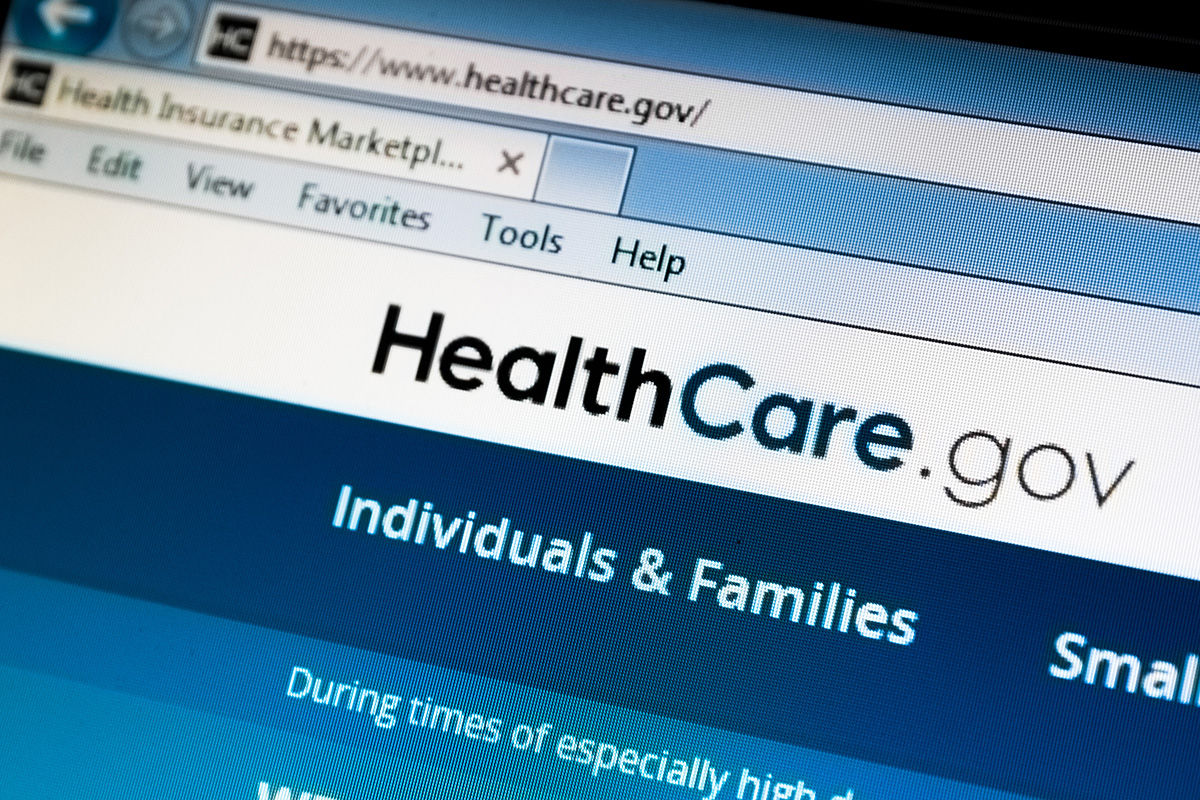Building on Obamacare, warts and all

The rhetoric surrounding the Affordable Care Act never seems to die. Most recently, in the second presidential debate, Donald Trump said that, “Obamacare will never work. It's very bad.” And, Hillary Clinton had to explain what Bill Clinton meant when he, while in Flint, called the health insurance exchange—where many working people buying coverage themselves are facing substantial premium increases, high deductibles and limited provider networks—the “craziest thing in the world.”
After nearly six years of dialogue, a Republican plan to repeal and replace the Affordable Care Act (ACA) materialized this summer. U.S. House Speaker Paul Ryan introduced the proposal in June that includes several familiar elements. Moving Medicaid to a block grant program, converting Medicare to a premium support structure, and eliminating the ACA’s individual mandate in favor of adding market-based approaches to encourage the purchase of private health insurance all have been proposed before, and all now appear in Ryan’s proposal.
But the underlying question that remains unanswered in Ryan’s plan is: Do the ACA’s results to date warrant repeal?
It is certainly the case that the health insurance exchange market is not yet stable. The fact that health plans from Aetna and local co-ops to some Blues in other states are leaving the health insurance exchange market is indicative of real problems. But, the reality is that the individual health insurance market, which covers about 5 percent of the nation’s population, has always had serious problems. Indeed, the ACA was put in place in part because many individuals could not get health insurance at all because of pre-existing conditions or other medical issues—even if they were willing to pay for it. Under the ACA, many of those individuals have coverage today.
There is no debate that the ACA has expanded health insurance coverage.
Three recent reports show how much the ACA has accomplished in this regard. The Centers for Disease Control and Prevention reported that the national uninsurance rate was 9.1 percent by the end of 2015, the lowest rate ever since the CDC began collecting these data over 50 years ago, dating to the advent of Medicare and Medicaid.
More than 35 million Americans changed coverage in 2014, most because of the ACA and the availability of new forms of insurance. And the length of time of uninsurance declined, with more people uninsured for 1 to 3 months and fewer people uninsured for 12 months or more.
According to recent data from the U.S. Census Bureau, in Michigan, the uninsurance rate was 6.1 percent in 2015, down from 11 percent in 2013.
Similar to national trends, in 2015, fewer people reported being uninsured for long periods than in 2014. Michigan’s lower percentage of uninsured compared to the country as a whole continues the state’s long tradition of fostering a supportive climate for health insurance. Indeed, Michigan’s pragmatic approach to ACA implementation and the state’s decision to expand its Medicaid program through Healthy Michigan were important contributors to our state’s lower rates of uninsurance.
The individual insurance market is still in transition. Health plans are leaving the market and premiums are increasing substantially in many areas in the country as insurers better understand utilization trends among the enrolled population. Some of the decisions that have been made to encourage coverage (in particular, the breadth of the special enrollment periods) have meant that many insurers have seen a sicker patient mix than they expected. Health plans that are staying in the individual market are raising premiums and limiting the provider networks they offer.
As a result, coverage doesn’t always equal access to care, as many individuals have deductibles or copayments that still make care unaffordable for them. Indeed, in a study that my Center did in Washtenaw County, Mich., more people are now underinsured (11.3 percent) than uninsured (7 percent). While these percentages will vary across the state and country, surveys confirm that more people are now considered underinsured than uninsured in Michigan.
Both sides of the political spectrum can agree that implementation of the ACA has not always been smooth. Conservatives argue that states are not given enough flexibility by the administration to implement Medicaid expansion how they want, and liberals argue that the law’s narrow definition of affordable coverage leaves many lower- and middle-income families without assistance to help buy health insurance.
Clearly, the ACA needs changes. More needs to be done to stabilize the health insurance exchange market through both regulatory changes and perhaps increased consumer subsidies. Reaching those who are eligible for coverage but not enrolled; making care more affordable so that those with coverage have access to care; continuing to improve quality, reduce unnecessary and harmful care while improving access to needed services are all continuing challenges in the U.S. healthcare system.
The ACA includes many demonstration projects and innovations to test new ideas on provider payments and quality incentives. In addition, many private health plans and state Medicaid programs are innovating with new approaches to integrating the medical care and human services systems; new strategies to improve delivery of mental health services; and designing benefit plans that are intended to encourage the use of higher value services and reduce the use of relatively low-value services. These efforts show tremendous promise and potential to make sustained and positive changes in our healthcare system.
The ACA is not perfect, but it gives the framework to address these problems and test new ways of delivering care that did not occur in the past. Repealing the ACA would eliminate the gains that have been achieved without fixing the problems that exist.
It’s time to get down to the work of improving the ACA. Is it too much to hope that we might actually be able to head down a more constructive path after this election cycle is over?
See what new members are saying about why they donated to Bridge Michigan:
- “In order for this information to be accurate and unbiased it must be underwritten by its readers, not by special interests.” - Larry S.
- “Not many other media sources report on the topics Bridge does.” - Susan B.
- “Your journalism is outstanding and rare these days.” - Mark S.
If you want to ensure the future of nonpartisan, nonprofit Michigan journalism, please become a member today. You, too, will be asked why you donated and maybe we'll feature your quote next time!


 Marianne Udow-Phillips is executive director of the Center for Healthcare Research & Transformation, a nonpartisan health policy center based at the University of Michigan.
Marianne Udow-Phillips is executive director of the Center for Healthcare Research & Transformation, a nonpartisan health policy center based at the University of Michigan.